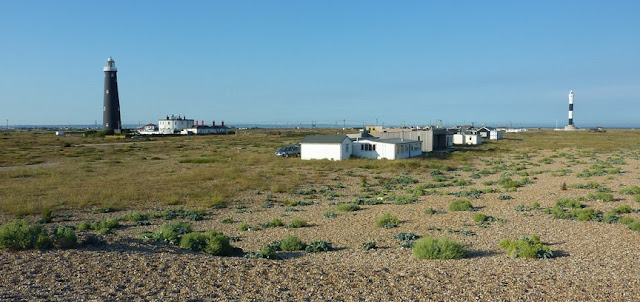Social media - yet again
Before you assume that this post will be full of negativity towards 'social media', it isn't - at least not all of it. I've had a bit of a whirlwind 24 hours with Facebook. I'm not a complete luddite when it comes to this particular brand. Like a lot of these social media options, I was an early adopter purely because I worked in media and we were encouraged to 'dip our toes in the water'. So Facebook and Twitter were duly embraced and quietly put down again soon afterwards. I've stopped and started with Facebook several times. I've normally stopped due to social embarrassment - for example, be-friending a family friends 13-year old daughter seemed to be the correct thing to do, as she had requested to 'become my friend'. But when I was subsequently bombarded by information and 'do you know' alerts which all were emanating from up to 20-30 young teenage girls, I could sense the Operation Yew Tree police starting to rev up their en












